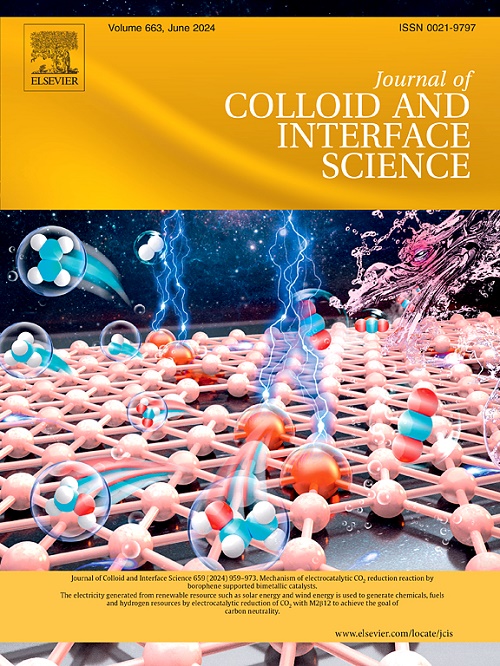Role of in situ surfactant modification of lignin structure and surface properties during glycerol pretreatment in modulating cellulase-lignin binding affinities
IF 9.4
1区 化学
Q1 CHEMISTRY, PHYSICAL
引用次数: 0
Abstract
Surfactants are effective agents for enhancing lignocellulosic pretreatment, synergistically modifying lignin with polyols to improve substrate hydrolyzability while achieving comparable delignification. However, the mechanisms underlying the multiple modifications from dual in situ surfactant/polyols grafting that passivate lignin-cellulase interactions and their core affecting factors remain unclear. Following the previously developed polyethylene glycol (PEG) and Triton-assisted pretreatment, the intrinsic correlation among lignin structures, physical barriers, and cellulase interactions was analyzed in this study. The surfactant grafting onto lignin can significantly decrease non-productive cellulase adsorption by 5–59 % compared to the initial glycerol-modified lignin. Structurally, the changes in lignin aliphatic –OH (r > 0.93), H–OH (r > 0.98), and G–OH (r > 0.74) showed strong correlations with cellulase adsorption; the –COOH and C=O were not well-valiadted for assessing the non-productive interaction. Physically, surfactant modification also induced changes in lignin surface structure, with variations in specific surface area, pore size, and pore volume showing positive correlations (r > 0.71). The structurally modified lignin had a relatively strong affinity for exo-glucanase and β-glucosidase in enzyme cocktails, while it reduced the irreversible adsorption of lignin onto cellulases (up to 97 % of total adsorbed protein). The secondary structure of desorbed cellulases underwent obvious changes independent of lignin structural modifications, with lowering β-sheet content and increasing random coil content. Based on molecular forces, surfactant modification lowered the binding free energy of cellulases by 60.3–86.5 %, and the reduction in H-bonding interaction was predominant. This study provides mechanistic insights for constructing lignin-modified pretreatments to enhance the substrate hydrolyzability.

求助全文
约1分钟内获得全文
求助全文
来源期刊
CiteScore
16.10
自引率
7.10%
发文量
2568
审稿时长
2 months
期刊介绍:
The Journal of Colloid and Interface Science publishes original research findings on the fundamental principles of colloid and interface science, as well as innovative applications in various fields. The criteria for publication include impact, quality, novelty, and originality.
Emphasis:
The journal emphasizes fundamental scientific innovation within the following categories:
A.Colloidal Materials and Nanomaterials
B.Soft Colloidal and Self-Assembly Systems
C.Adsorption, Catalysis, and Electrochemistry
D.Interfacial Processes, Capillarity, and Wetting
E.Biomaterials and Nanomedicine
F.Energy Conversion and Storage, and Environmental Technologies

 求助内容:
求助内容: 应助结果提醒方式:
应助结果提醒方式:


